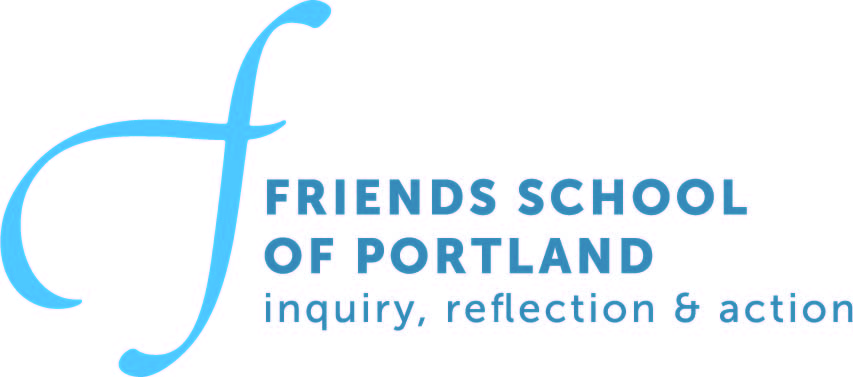Middle School Students Explore the Question: What are the Factors that Lead to Change?
A Study of the Civil War with 5-6 Teacher, Allie Miller
This year, fifth and sixth-grade students explore the question “what are the factors that lead to change?” in social studies and science. In the fall, we examined how wars and revolutions can lead to societal change. A focal point of our study was the United States’ Civil War. We explored the causes leading to the conflict, what happened during it, and how it concluded.
Studying the Civil War is well and good. To study the persistent impacts of the Civil War on contemporary American life is even better.
It challenges students to draw connections, notice patterns, and seek truth in a world saturated with misinformation. To this end, we spent the last few weeks of our unit exploring the 2021 removal of the Robert E. Lee statue on Monument Avenue in Richmond, Virginia. Students grappled with whether Confederate monuments are symbols of heritage or hate. In particular, they discussed what they think should be done with the Robert E. Lee statue and how to better contextualize it. For a final project, students were tasked with designing a monument that would replace Robert E. Lee. Their final work was diverse and thoughtful - fireflies to symbolize light in a dark time, statues of unsung Black heroes like Mary Richards Bowser, quotes from John Lewis.
A week or so after our unit had concluded, a student excitedly poked his head into the classroom door. “Allie! They found the time capsule!” he exclaimed. (Legend had it that beneath the still intact pedestal of Lee’s statue, a time capsule containing letters, photographs, and other memorabilia could be found. For months, the time capsule eluded historians and archeologists.) Promising to send me the article, the student ran off to recess. The next day we read the article together, marveling at the artifacts found beneath the statue’s pedestal. This experience - to watch history unfold in real-time - is every humanities teacher’s wish for their students.



